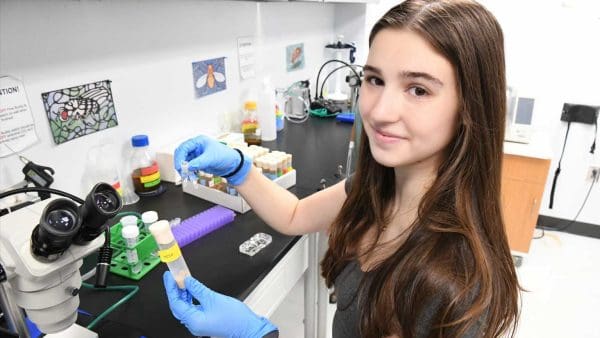
On average, per capita health care expenditures in the United States are twice those of other developed nations, and health care spending accounts for roughly 18 percent of the nation’s GDP—more than $3.5 trillion last year. Senior Pavan Patel, double majoring in public health studies and natural sciences, has come to vividly understand something else alarming: Health care doesn’t operate under the same buyer-seller rules as the rest of our marketplace economy.
“Unlike other industries, health care is not an industry where you necessarily know what you’re going to be paying before you receive services or have a procedure done,” Patel says. “And in other industries, because you know the price, the free market can help drive prices down.”
Since 2017, Patel has spent 10–15 hours a week as a researcher for the Johns Hopkins Drug Access and Affordability Initiative, which develops policy recommendations to control pharmaceutical and health care costs. He has received funding from the Laura and John Arnold Foundation, a Houston-based philanthropy, to support his work.
Patel explores the causes and outcomes of health care’s high costs and lack of transparency and develops potential solutions. Most recently, he contributed to a post on the Health Affairs Journal blog looking at a recent health care fix that’s fallen short. Starting this year, the Department of Health and Human Services requires hospitals to place lists of their standard charges for services online.
“But the price lists are very convoluted, and a lot of jargon is used that the everyday consumer wouldn’t understand,” Patel says. “So, it’s hard to calculate what price you’ll actually be paying because you don’t know what codes will be applied to which procedures, and you can’t pick and choose which ones you need to compare to various other hospitals.” However, many ambulatory surgery centers—stand-alone facilities offering elective outpatient procedures—voluntarily offer legible price lists, and Patel and his colleagues looked at them for lessons. “They prove that it’s possible to do it, and it’s very useful,” Patel says. “The hospitals just need to be willing to take a more reasonable approach to transparency.”
Originally a molecular and cellular biology major, Patel has gone all-in for public health and has been accepted into the Bachelor of Arts/Master of Health Science program, where he will earn an undergraduate degree from the Krieger School and a master’s degree from the Bloomberg School of Public Health. “I really enjoy my time with the drug access and affordability initiative,” he says. “I definitely want to incorporate health policy into my career in the future.”




